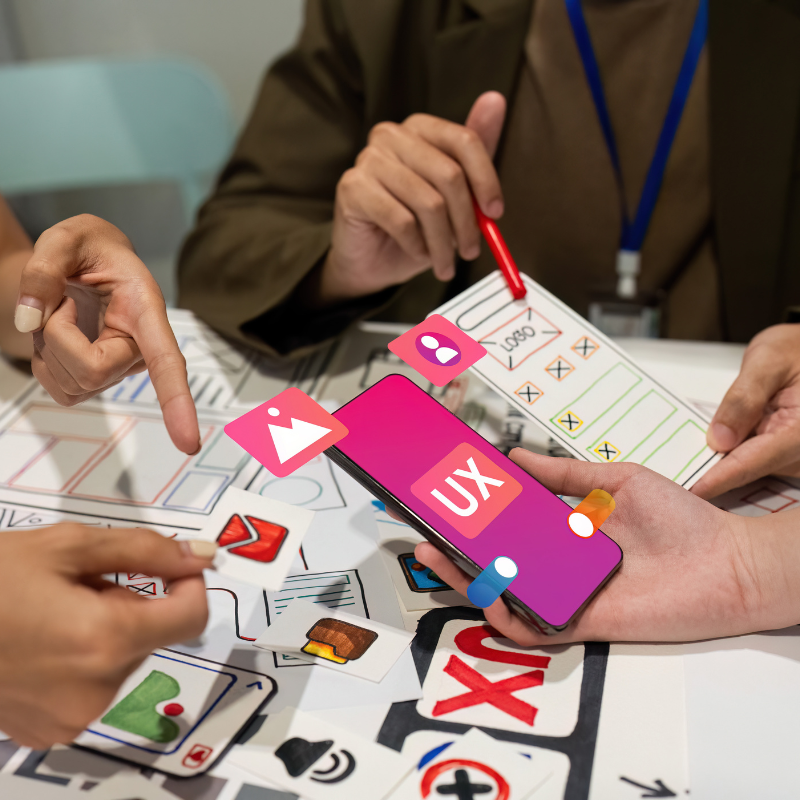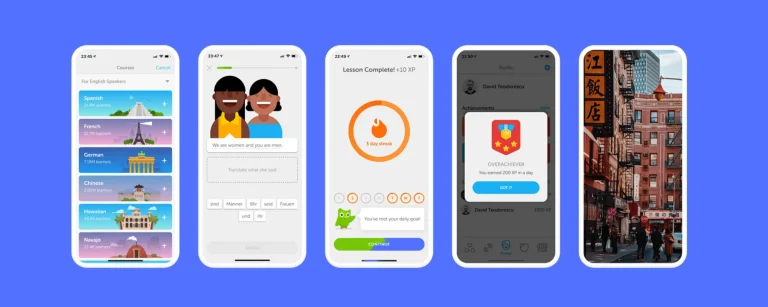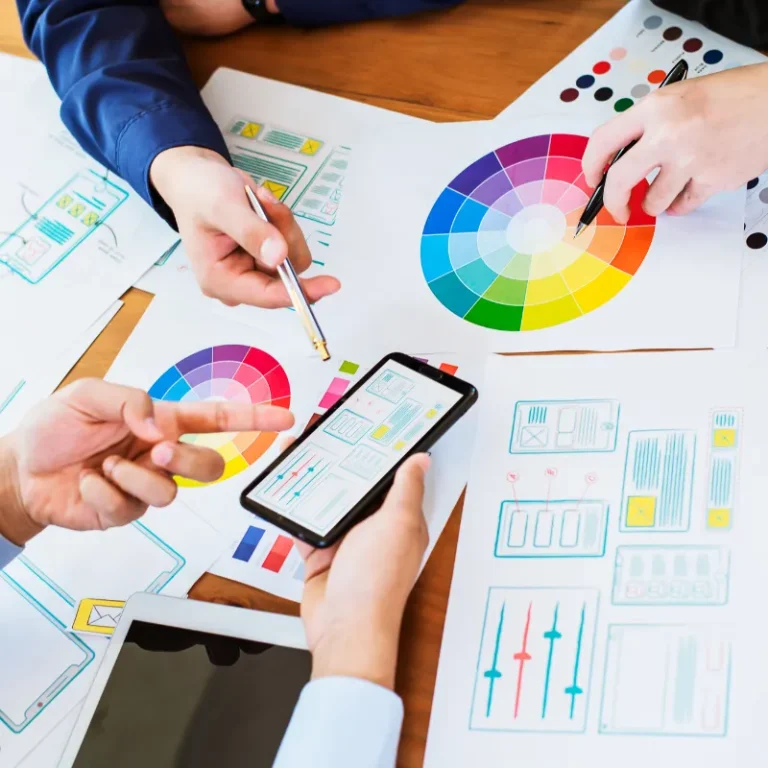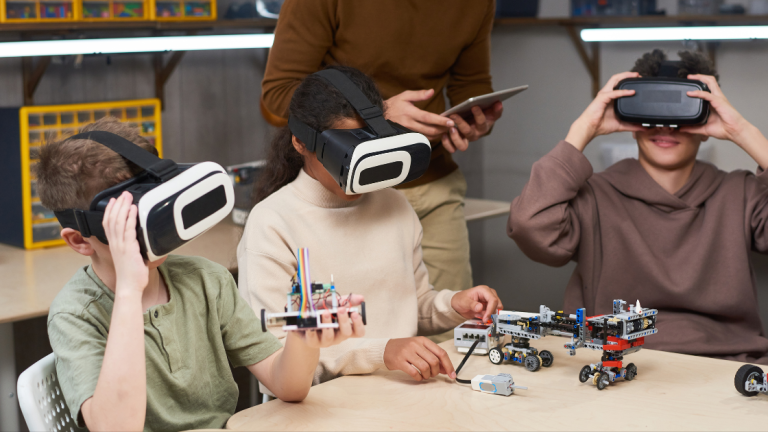The landscape of UI/UX design does not stop changing, thanks to non-stop technological innovation and shifts in user behavior. It demands continuously evolving immersive and accessible digital experiences. As 2024 gets underway, some emerging trends are about to set the course when it comes to the future of UI/UX design trends 2024. These emerging trends do not simply focus on visual enhancement but have a direct relation to functionality, inclusivity, and user engagement. To walk straightway with modern technologies oher businesses adopting, you need to constantly adapt to the changing tech world and follow the new trends. Key UI/UX design trends that would companies be following 2024 include:
1. Dark Mode and Dynamic Themes
Dark mode has been adopted fast due to its trendy look and the plausible lesser strain in the eyes when viewing in lowly lit environments. In 2024, dark mode is supposed to turn out to be a basic feature on websites and applications with even more advanced and customization possibilities.
Dynamic Themes: Beyond the dark mode would be dynamic theming, letting users change their interface at whim or, yes, depending on the time of day. This trend makes things more comfortable for users and thus more personal.
2. Neumorphism And Glassmorphism
Neumorphism is one of the most recent innovative UI design trends. Skeuomorphism took a middle path and created soft shapes and made them look extruded and similar to real-life physical objects. A few more UI design trends, such as glassmorphism, will come to the forefront. This can be characterized by frosted glass-like effects.
Soft UI Elements: The soft elements, on being added with a Neumorphism effect, make it look different. Glassmorphism renders depth and transparency, making them an attractive interface for users to view.
3. Voice User Interfaces (VUI)
VUI was definitely paved by the rise of voice assistants: Siri, Alexa, and Google Assistant. Looking at how fast voice technology continuously improves itself, there is no doubt that implementing VUI in apps and websites is pretty much expected.
Seamless Voice Integration: Designing for VUI means coming up with natural voice commands and seamless integration with traditional touch and text interfaces. Interactions become more natural and accessible.
4. Microinteractions And Animations
Basically, micro-interactions are very subtle and unbeknownst elements that provide feedback to the user, guide him on how to complete a specific action, or simply delight him in tiny doses through little animations. Advanced micro-interactions, as well as more functional ones, are likely to find their place within interfaces by 2024.
Improved UX: Beautiful micro-interactions make the interfaces more responsive and engaging to their users when navigating and trying to make sense of what is happening.
5. Augmented Reality(AR) And Virtual Reality(VR)
AR and VR technologies are very mainstream. They offer quite integrated experiences between the digital and physical worlds. These are technologies that will really change the way users interact with digital content.
Interactive Experiences: From e-commerce virtual try-ons to immersive educational content, AR and VR will be able to deliver significantly more interactive and engaging experiences, lifting user satisfaction.
6. Minimalism And White Space
Minimalist design is an ultra-strict trend underlining simplicity, functionality, and clarity. This involves the strategic use of white space, making interfaces breathable and user-friendly.
Focus on Content: Clearing out extraneous elements to zero in on the core content, minimalist designs help users move around and process information in more efficient ways.
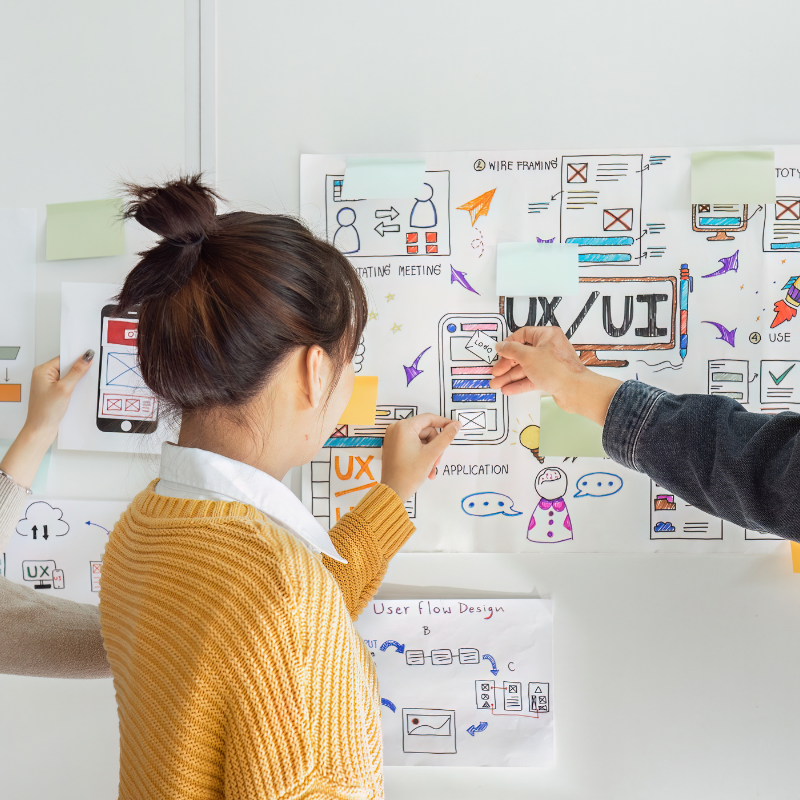
7. Inclusive And Accessible
Designing for inclusivity and accessibility—more important than ever. It is about ensuring that digital products remain usable by people of different abilities and other such miscellaneous backgrounds.
Accessible Design Practices: It has inbuilt features for voice narration, high contrast modes, and keyboard navigation that ensure all users are able to connect with digital experiences.
8. 3D Elements And Realistic Textures
With the ever-changing development of web and mobile technologies, more realization of 3D elements and realistic textures will come into UI design. This feature consists of elements that add depth to create further immersive experiences.
Attractive Visuals: 3D graphics and textures are used to enhance the beauty of the interfaces, which attracts users’ attention and engages them.
9. AI and Machine Learning Integration
AI and machine learning are fast changing the face of UI/UX design, delivering personalized experiences and intelligent automation. These technologies make for more responsive and adaptive interfaces.
Personalized Content: AI-driven recommendations, chatbots, and adaptive interfaces give an impression of a highly personalized experience to the wishes and behaviors of the user. This can increase engagement and satisfaction.
10. Biometric Authentication
Security is always included in the most sensitive and important problems in the sphere of UI/UX design. Biometric authentication allows access to digital products via facial recognition or fingerprint scanning.
Better Security: Biometric authentication can enhance security by making logins easier and hence would provide a seamless experience in user control.
Conclusion
The UI/UX design trends 2024 reflect more emphasis on personalization, inclusivity, and immersive experiences. Embracing these trends, you will come up with a digital product that not only looks beautiful but also carries functionality, user-centeredness, and is visually stunning. Since technology still hasn’t completed its metamorphosis, keeping yourself updated with the trends and applying them thoughtfully in your designs becomes very vital.
AI- Detector
https://prnt.sc/l92BQQz1ons7

